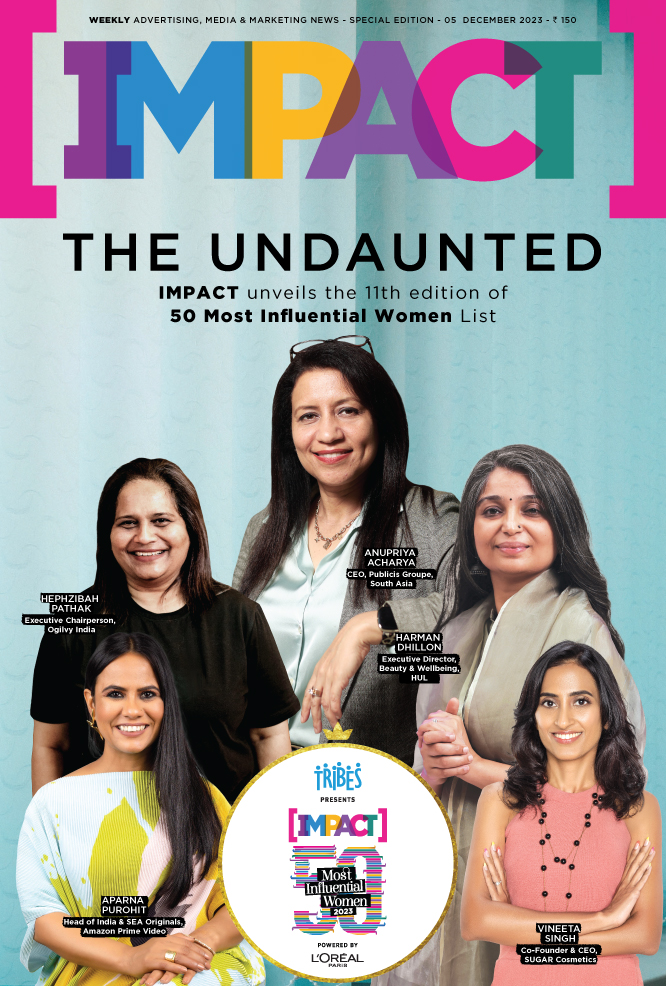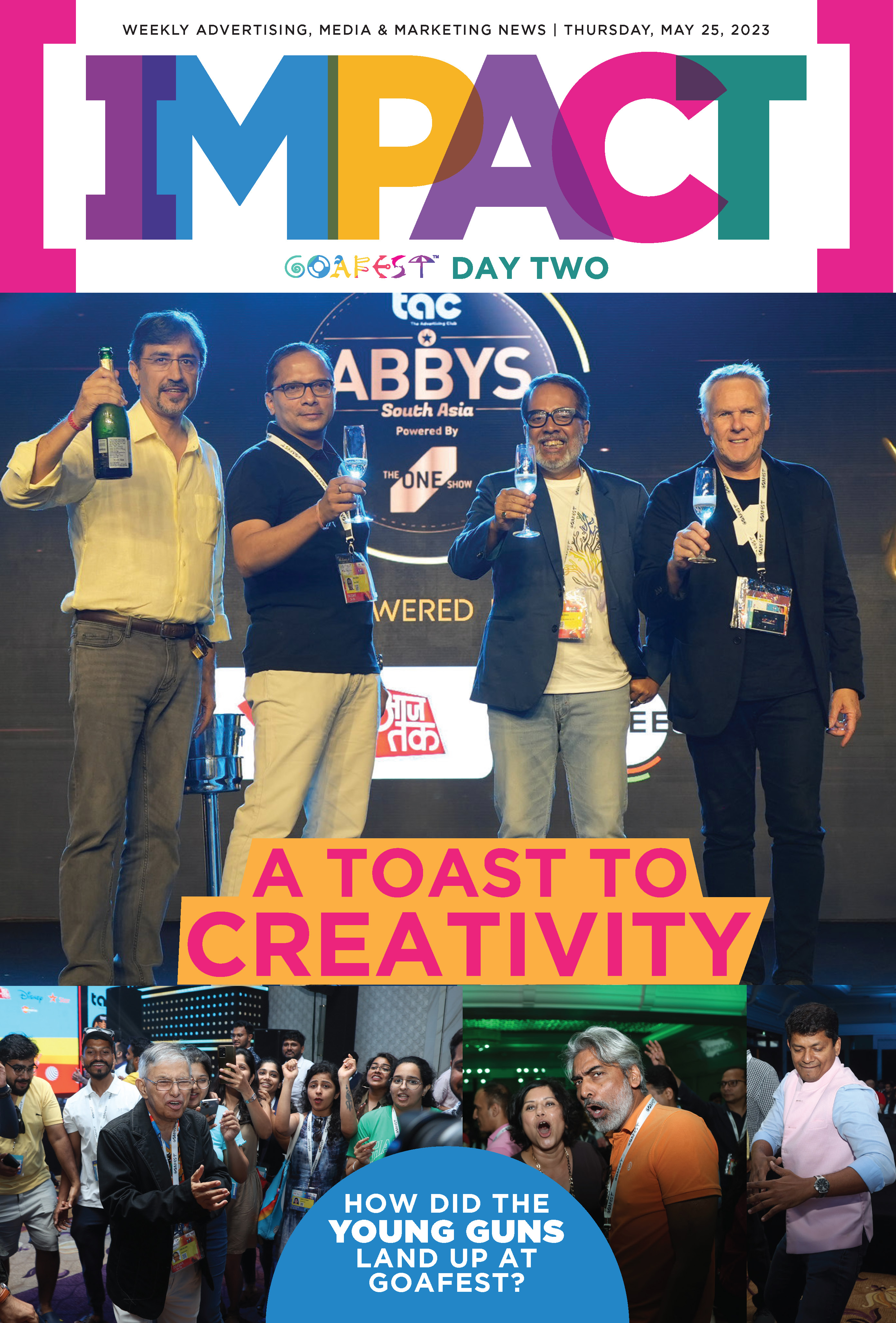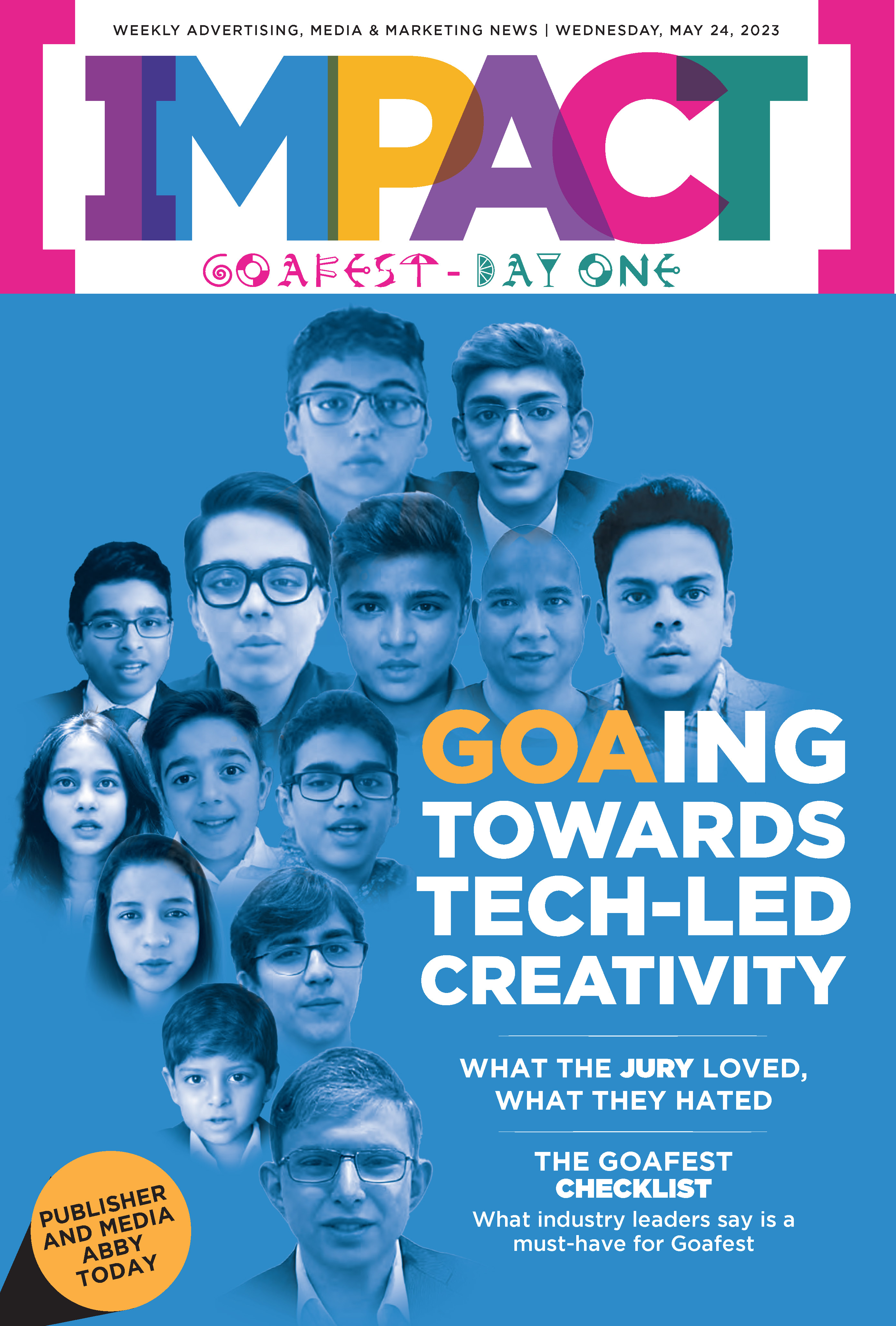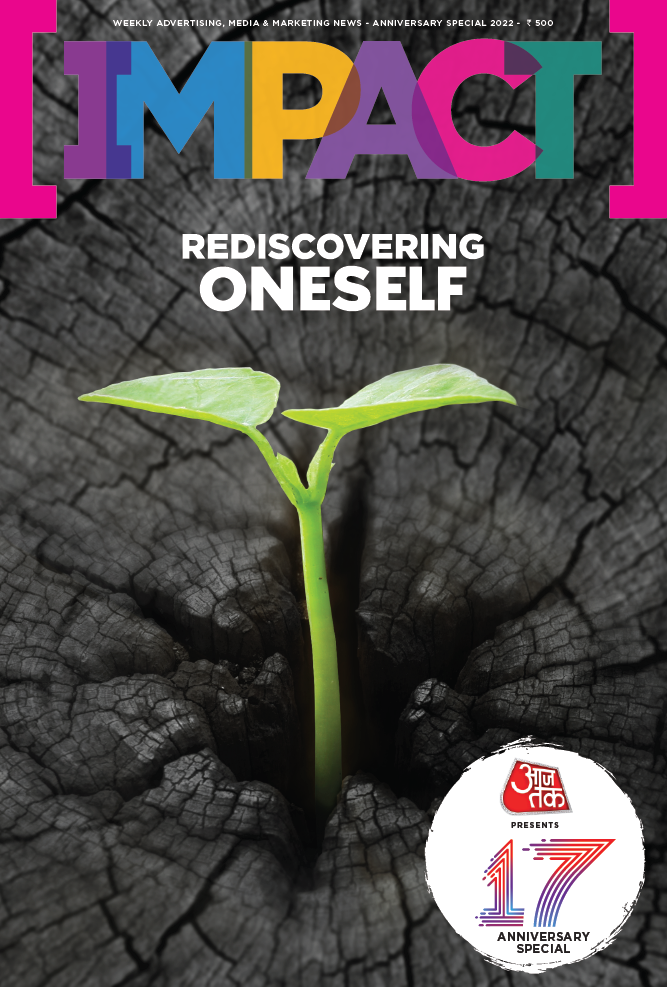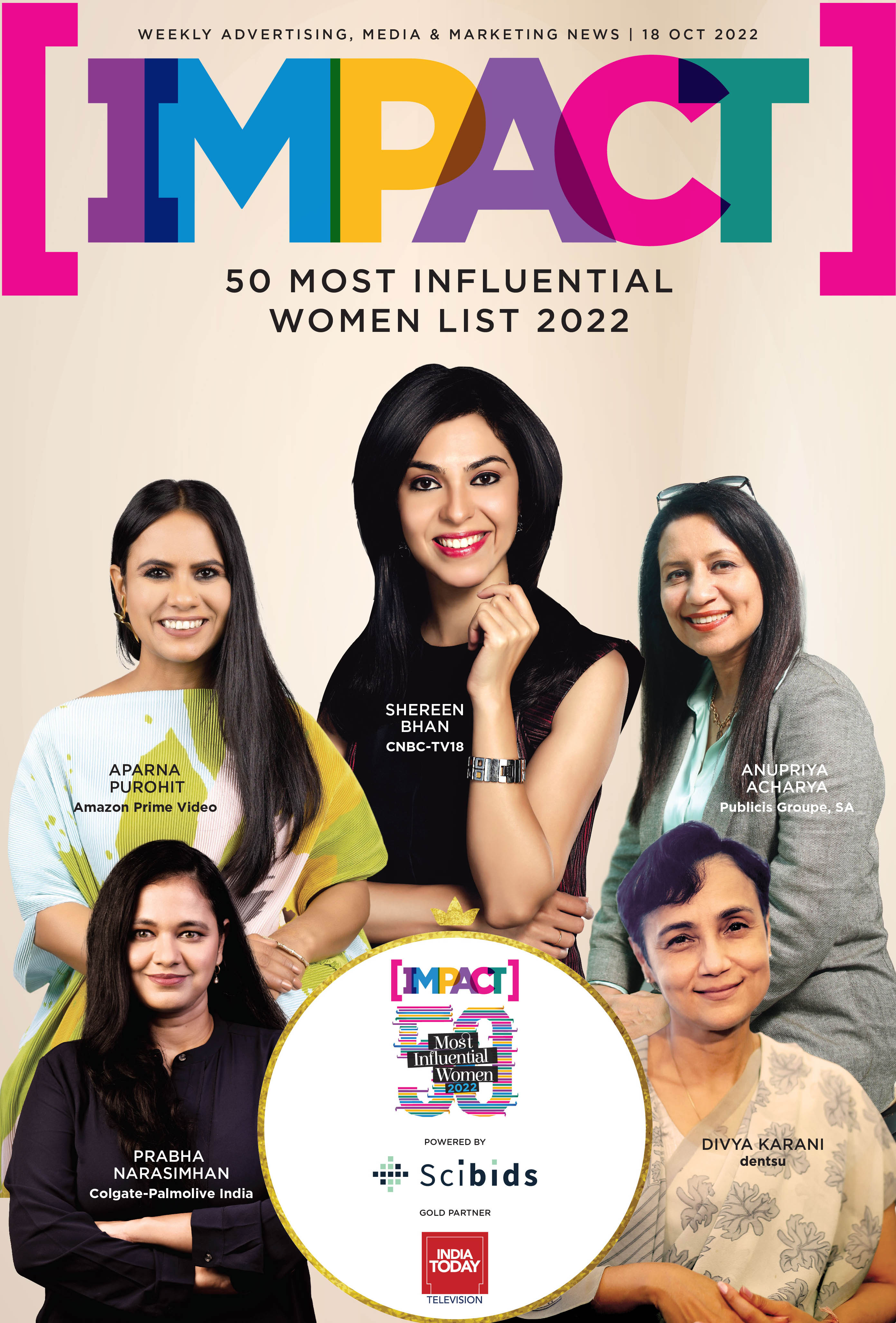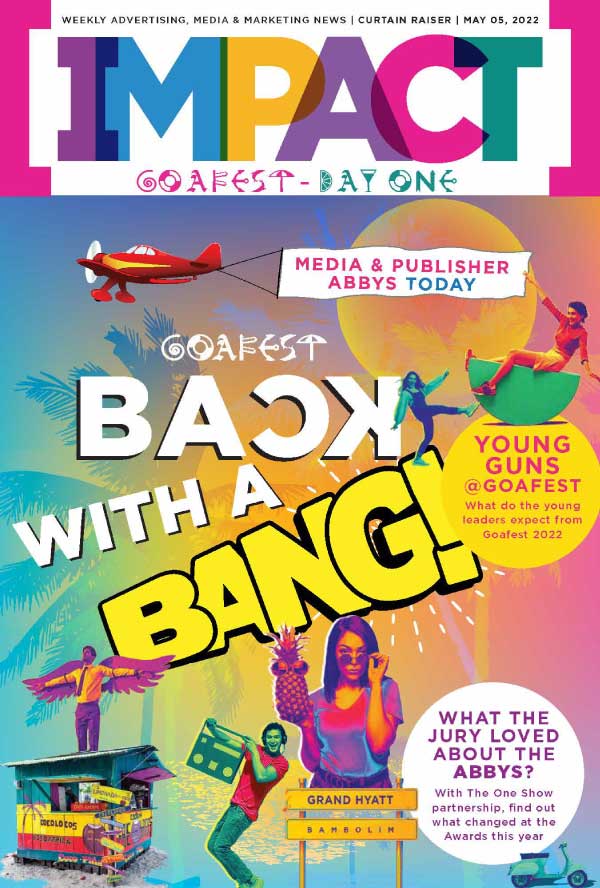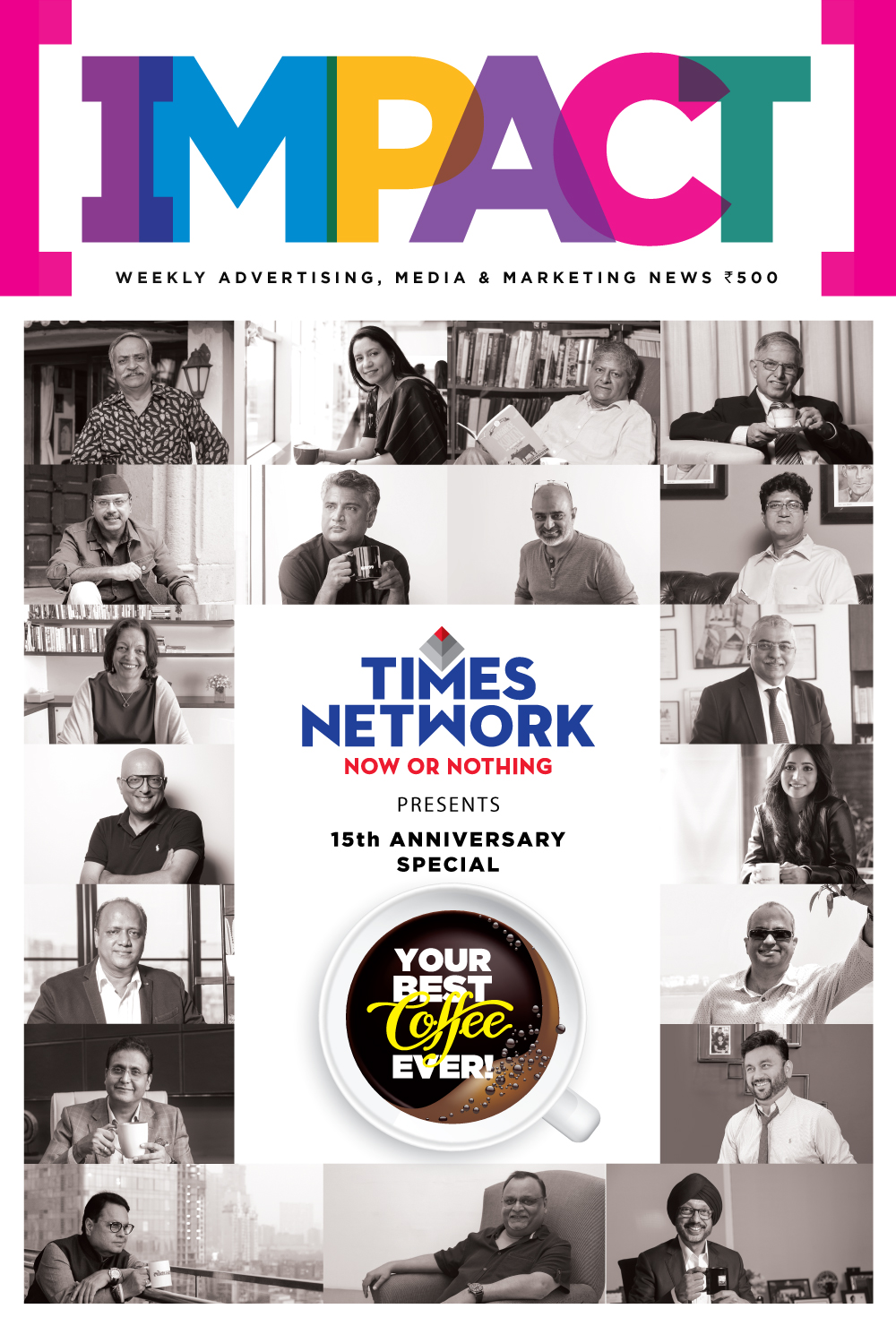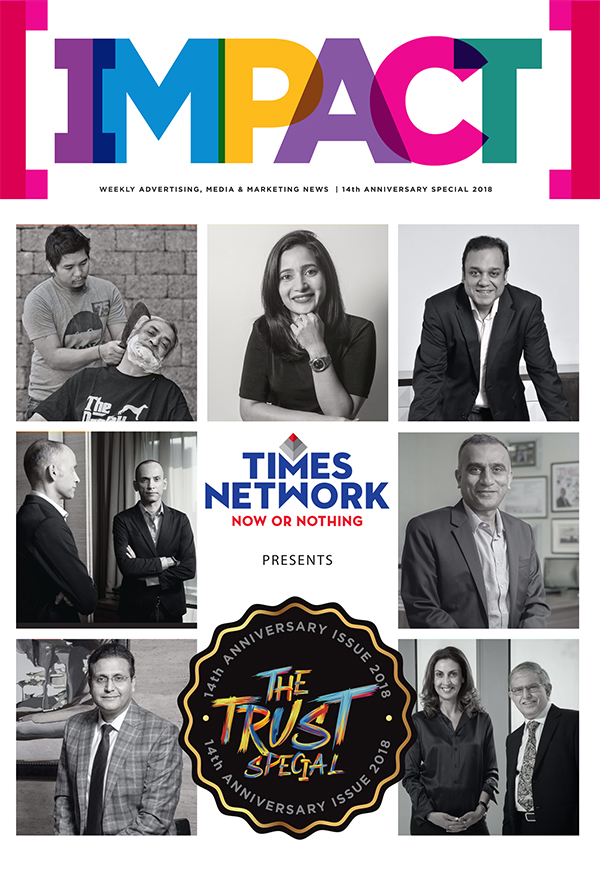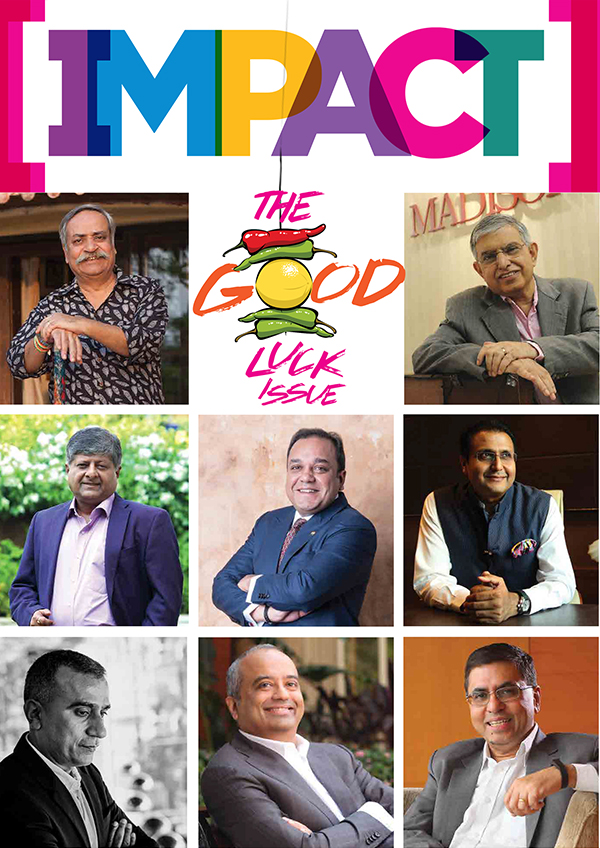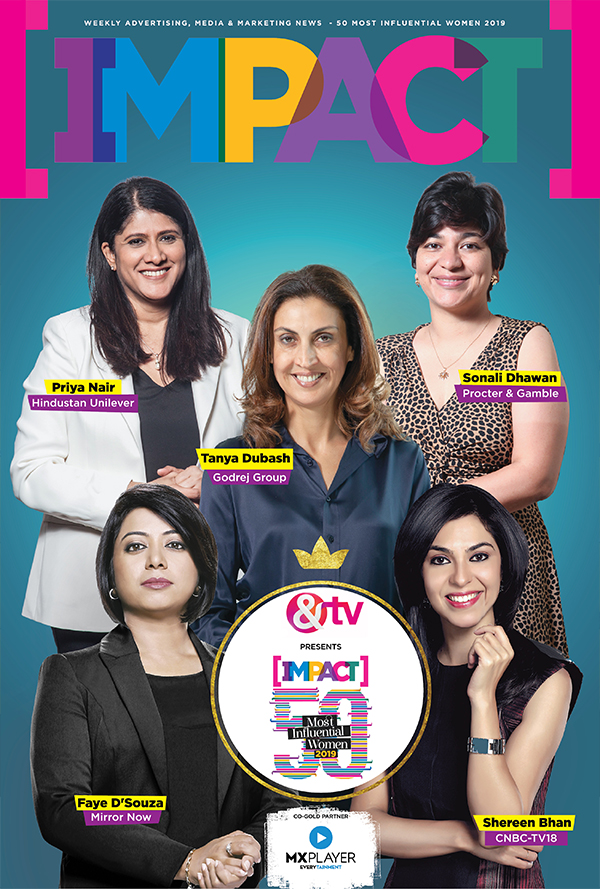Q] What was the conceptualisation behind BGMI’s ad film ‘Everybody Loves a Good Fight’ and how have the consumers reacted to it?
There’s a lot of fun in what we call picking fights, and the most iconic of them all were the beautiful chalk fights we had in school. I remember coming home with chalk marks all over my uniform and my mom going ballistic. It’s a core memory for all of us, and something that feels intrinsically Indian. We wanted to tap into that nostalgia, which people connected with instantly. Everyone on our TG has been in a chalk fight at some point, it’s a memory that cuts across generations. We tapped into that insight and ran with it, unscripted, alongside a brilliant production team. At its heart, BGMI is about embracing fun challenges, and that’s where the core idea stemmed from. We wanted to show how BGMI isn’t just a game, it’s a great pastime and a source of joy. It should spark both surface-level fun and deeper emotional resonance. Ultimately, we want our users to feel like, ‘BGMI gets me.’
Based on the comments, feedback, likes, and views on YouTube alone, it’s clear that people got it. So, it’s not just everyone, but specifically BGMI fans, they love a very good fight.
Q] How do BGIS or BMPS influence your marketing approach and contribute to India’s gaming ecosystem, if you can give some numbers here?
When we look at BGIS and BMPS fundamentally, they’ve truly come of age, with Esports now becoming a primary source of live entertainment. We’ve even calendarised the schedule so that people look forward to BGIS year after year. That sense of expectancy is beautiful, just like waiting for the IPL every year or the World Cup every four years. This consistency has created a remarkable shift in the Esports ecosystem, and that, to me, is the biggest win. The numbers are incredible. The first time we crossed 300k concurrent viewers, we realised we were on the cusp of becoming the second-biggest live sport in the country after cricket, an achievement unimaginable five years ago.
Another major change is how Esports winners are now treated like celebrities, much like cricketers. That visibility fuels aspiration, everyone wants to be an Esports player now because they’ve seen the fame, the followers, and the endorsements it brings. The fame itself becomes a flywheel, not just for the tournaments but for the players, who in turn help promote the sport. The most beautiful part is that it becomes a self-promoting vehicle. Without us needing to explicitly ask people to download or watch, the ecosystem markets itself.

Q] Do you see gaming and esports becoming a mainstream career option for Gen Z now? Do you see them quitting corporate and pursuing a career in esports?
It is a mainstream career now; a lot of people practice day in and day out to become great players. Some of them are doing brilliantly full-time. It is always cutthroat; like if you’re a cricketer working hard to make it big in the IPL, you make some sacrifices. But we have seen great examples of people becoming really good influencers and Esports players. We also have an interesting campaign called ‘Career Mode’ coming out soon. It’s going to be a refreshing campaign. It’s not just a video release or something like that, but something that will be part of the game. We’re figuring out some things to do in this space
as well.
If you look at some of the developed economies, especially the US, North America, greater parts of Europe, and the Far East Japan, Taiwan, and South Korea, you’ll see these were the signs when such careers became mainstream about five to ten years ago. Now, there is a plethora of games in which people are building careers and a plethora of content creation as well. Would you have said content creation was a viable career ten years ago? No, but now you do. So, here we are.
Q] Krafton India has invested over $200 million in Indian startups since 2021. What synergies do you aim to achieve between these startups and Krafton’s gaming ecosystem?
We’ve invested about 200 million dollars so far and are looking to invest more. We’ve backed around 13 to 15 startups, mostly in media, entertainment, or gaming-related and ancillary sectors. We work closely with all the companies we’ve invested in, always looking for synergies—whether it’s aligning on common business objectives, helping scale a game, supporting a launch, or extending a game’s longevity.
Q] What is the marketing mix of the brand? What takes the lion’s share?
Our marketing mix is very different from most other companies. A large share goes to influencers, much more than any other brand, because they stand at the core of what we do. Each has its own micro-community, which is great. When they stream, they bring along a community of a million or two million followers. When we invest in them, we also try to understand the indirect feedback coming through, which they may not share directly with the brand.
In terms of media spends, Google and Meta take up most of it, which makes sense for a digital-first brand. Beyond that, we experiment with unique spends, like collaborations. Our media mix includes smaller segments too, whether it is OTT or affiliate marketing. We rarely invest in TV, as its cost per reach is no longer as competitive as it once was. We are always exploring experimental spends. While we do not do much offline, we did run print ads last year. Whenever there is something special, we go for print. With the brand’s fourth anniversary coming up, we will be doing some cool stuff and are always on the lookout for fun ideas that encourage fan engagement.
Q] As you allocate a major chunk of your budget to influencer partnerships, what is the reasoning behind choosing specific influencers, and how do you go about the entire process?
We are not just investing money; we also invest a lot of resources, and we invest a lot in storytelling. So if it is an influencer, we first figure out why we should work with that YouTuber and what we should do. If it makes sense, we do it. It doesn’t matter if someone has 200k followers or 2 million followers or 20 million followers. If you go to our YouTube channel, you’ll see that we have effortlessly worked with CarryMinati and with folks who have like 200k followers in general. Same with our Instagram page, and they have a tremendous amount of shares and likes in general. So we don’t decide on the basis of size. We give complete creative freedom to the influencer, but the content should be shareable, so shareability, which is one of the most difficult metrics, is what we look at. That’s why our influencer decisions and shortlisting depend on our ability to tell our story through that influencer. Not completely agnostic of size or category. That’s where we are different from most other brands. We don’t go by genre either. We have even collaborated with a couple who is 82 years old.
PROFILE
Srinjoy Das, a dynamic and result-oriented professional is currently serving as Associate Director and Marketing Lead for KRAFTON India. With a passion for gaming and a keen understanding of the ever-evolving digital landscape, Srinjoy brings a wealth of experience to the forefront of the company’s marketing strategies. As the driving force behind the marketing initiatives at KRAFTON India, he has played a pivotal role in shaping the company’s brand identity and market presence, propelling BGMI to a staggering 200 million users.
ABOUT THE BRAND
In India, KRAFTON is responsible for premier mobile games, including BATTLEGROUNDS MOBILE INDIA (BGMI), which has surpassed 200 million downloads, Bullet Echo India, Road To Valor: Empires, and CookieRun India, among others. Committed to enhancing the start-up ecosystem in India, KRAFTON has invested over $200 million in several Indian startups across interactive entertainment, gaming, Esports, and technology, since 2021.
FACTS
PR Agency: Edelman
Media Agency: In-House
Creative Agency: In House
Digital Agency: In-House













